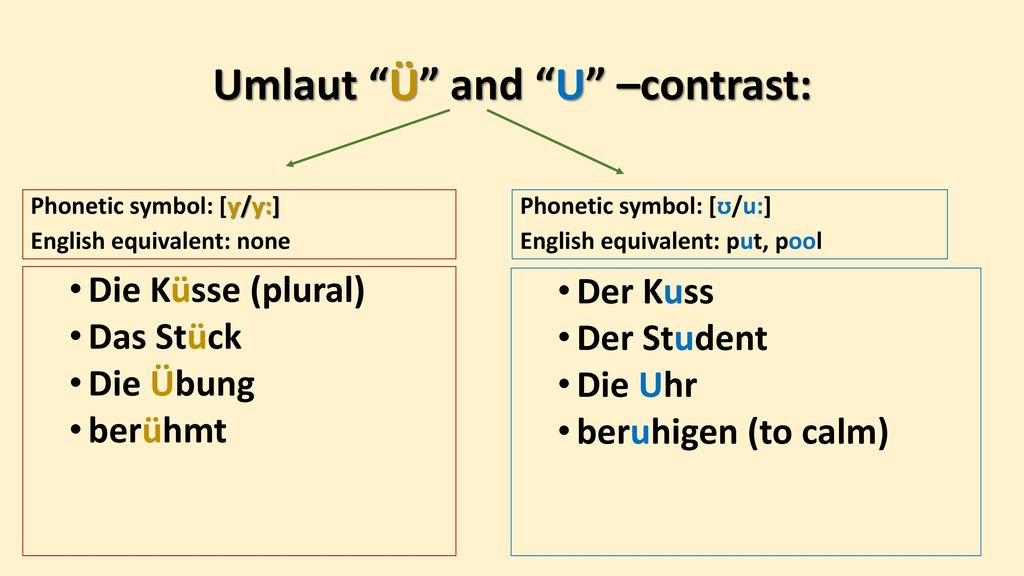
It’s my pleasure! The Umlaut team has worked in the information automation space for 20 years, so we’ve seen a lot of technology for image processing – and all provided a relatively similar outcome. What drew Umlaut to this partnership opportunity? Don’t miss our latest Ask an Expert blog below: Shane, thank you for taking the time to chat with us. We spoke with Shane Reid, Umlaut’s co-founder, about our partnership, what it means for Australian enterprises, and the power of automation to enable better business and customer outcomes. Combining Umlaut’s proven approach and framework with Hyperscience’s innovative automation technology, we’ll enable more firms to convert diverse document formats into actionable data to unlock efficiencies, mitigate risks and fuel business growth.” “This is an exciting milestone for our Australian team that highlights the increased need to help organizations make sense of disparate data sources and information silos. “We’re delighted to partner with Shane, Scott, and the experts at Umlaut to bring Hyperscience to more financial services firms across Australia,” said Charlie Cote, Area Vice President of Sales – APAC.
#A with umlaut capital code#
ASCII Code - Dec.Hyperscience is making waves Down Under with our latest partnership with Umlaut, Australia’s leading IT consulting firm that specializes in process improvement products and strategies across the financial services sector. Here are the additional ASCII characters developed in the later phase once it was extended from 7-bit to 8-bit. Since this control character consists of the same number on all positions, during the typewriter era it was possible to invalidate another character by punching out all the positions (Delete) Marks the separation of logical data blocks and is hierarchically ordered: file as the largest unit, file as the smallest unit.(File Separator, Group Separator, Record Separator, Unit Separator)ĭeletes a character.

Initiates an escape sequence and thus gives the following characters a special meaning (Escape) Replacement for a faulty sign (Substitute) Indicates the end of the storage medium (End of Medium) Makes it clear that a transmission was faulty and the data must be discarded (Cancel) Marks the end of a transmission block (End of Transmission Block) Synchronizes a data transfer, even if no signals are transmitted (Synchronous Idle) Negative response to a request (Negative Acknowledge) Switches the display back to the normal state (Shift In)Ĭhanges the meaning of the following characters (Data Link Escape)Ĭontrol characters assigned depending on the device used (Device Control) Switches to a special presentation (Shift Out) Moves the cursor back to the first position of the line (Carriage Return) The vertical tab lets the cursor jump to a predefined line (Vertical Tab)

Lets the cursor move back one step (Backspace)Ī horizontal tab that moves the cursor within a row to the next predefined position (Horizontal Tab)Ĭauses the cursor to jump to the next line (Line Feed) Gives a positive answer to the request (Acknowledge) Marks the end of a completes transmission (End of Transmission)Ī request that requires a response (Enquiry) Indicates the end of the message (end of text) The null character prompts the device to do nothingĮnds the header and marks the beginning of a message. Here’s the list of 128 characters defined in the ASCII code.
#A with umlaut capital full#
Here’s the full list of ASCII characters, letters, symbols and signs, arranged in the order of character types. It was later expanded by IBM to an 8-bit code and 256 characters. It includes letters, punctuation marks, numbers and control characters. The code consists of 33 non-printable and 95 printable characters.
#A with umlaut capital iso#
Now, ISO 646 is the internationally defined character sets standard.ĪSCII started a 7-bit code, with 128 characters.

Approved by the American Standards Association (now known as ANSI for American National Standards Institute) in 1963, ASCII defined the standard for displaying characters on electronic devices.Īlmost all computer systems today use the ASCII code to represent characters and texts. ASCII is an abbreviation for the American Standard Code for Information Interchange.


 0 kommentar(er)
0 kommentar(er)
